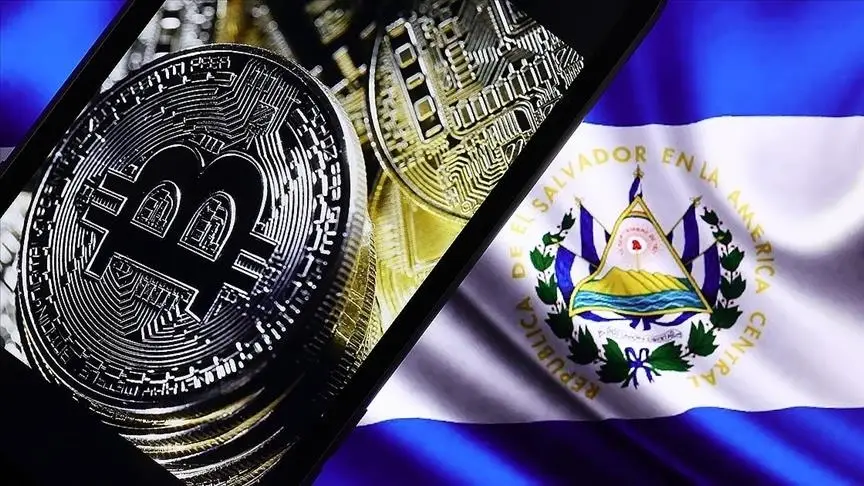
The crypto industry has continued its remarkable growth, recently achieving a market capitalization of $3.89 trillion. However, the decentralized finance (DeFi) sector has simultaneously witnessed a worrying increase in rug pull incidents, threatening its integrity and trustworthiness.
On November 14, the number of rug pull incidents peaked at an alarming 31 in a single day, with monthly cumulative losses reaching $15 million. While many of these scams involved relatively small amounts, typically under $100,000, the sheer volume and increasing sophistication of these schemes pose a significant risk to the DeFi ecosystem.
Evolving Tactics of Rug Pull Scammers
Allen Zhang, co-founder and CTO of Web3 cybersecurity firm GoPlus, highlighted that the most common rug pull today is the “honeypot token” scam. Since November, over 5,688 tokens have been identified as employing this method. Modern scammers often use multi-wallet control strategies, making it challenging to gauge risk through traditional holder concentration metrics.
Michael Heinrich, co-founder of Web3 infrastructure provider 0G Labs, noted that rug pulls have evolved into sophisticated psychological operations. Scammers now employ professional marketing strategies to create meticulously crafted narratives, luring unsuspecting investors. The absence of stringent Know Your Customer (KYC) protocols allows these actors to launch fraudulent tokens anonymously, making it difficult for authorities to hold them accountable.
A case in point is the recent launch of the Peanut (PNUT) memecoin. Within seven days of its November 1 launch, PNUT saw a 161x price surge, only for scammers to create fraudulent versions of the token, executing rug pulls worth over $103,000. Additionally, front-running bots—applications monitoring transactions to exploit trading opportunities—have become a preferred tool for malicious actors during token launches. These bots artificially inflate token prices and volumes, creating an illusion of demand and enticing more investors.

Advanced Scamming Strategies
Heinrich pointed out the rise of “fair launch” scams in the memecoin space. On platforms like Pump.fun, scammers use interrelated wallets and bots to manipulate prices before liquidating tokens, as evidenced by a 13-year-old pocketing $30,000 using this tactic. Another notable scam involved a fraudulent project falsely associating itself with the Lego brand to gain credibility before executing a rug pull.
Countermeasures and Security Innovations
The blockchain security community has begun to respond to the escalating threat. Firms like Anaxi Labs, in collaboration with Carnegie Mellon University’s CyLab, have developed algorithms to enhance blockchain transparency. Tools like Jolt, launched by Andreessen Horowitz, aim to simplify and secure the developer experience, reducing vulnerabilities.
GoPlus has introduced the SafeToken Protocol, providing standardized security templates to mitigate rug pull risks. Zhang emphasized the importance of secure foundations for token launches. Similarly, Holonym’s co-founder Nanak Nihal Khalsa advocated for integrating automated code-scanning tools into crypto wallets to enhance user protection.
Heinrich suggested DeFi platforms engage reputable third-party firms for contract audits and adopt open-source code development practices. Immutable contract designs could further reduce manipulation risks.
Recognizing Psychological Manipulation
Rug pulls often rely on psychological tactics to exploit investor behavior. Ben Caselin, CMO of VALR, observed that many traders view crypto markets as high-risk ventures, making them susceptible to scams fueled by fear of missing out (FOMO) and promises of quick profits. Scammers capitalize on this by crafting professional facades and leveraging social media for coordinated marketing campaigns and fake endorsements.
Identifying Potential Red Flags
Investors can mitigate risks by recognizing warning signs of rug pulls:
- Token Concentration: Scammers often control multiple wallets to create an illusion of distribution. A centralized token supply increases the likelihood of a rug pull.
- Low Liquidity: Tokens with low liquidity are easier to manipulate.
- Minimal Community Distribution: Projects with limited token dispersion are more vulnerable to exploitation.
Tools like Etherscan and Token Sniffer can help flag projects dominated by a few wallets. However, as Khalsa pointed out, most users lack the expertise to detect sophisticated scams.
The Road Ahead
While it’s impossible to eliminate all risks, the combination of education, technological innovation, and collective responsibility can significantly reduce vulnerabilities. As the DeFi ecosystem matures, fostering transparency, security, and awareness will be essential to curbing the prevalence of rug pulls and protecting investors from financial losses.




